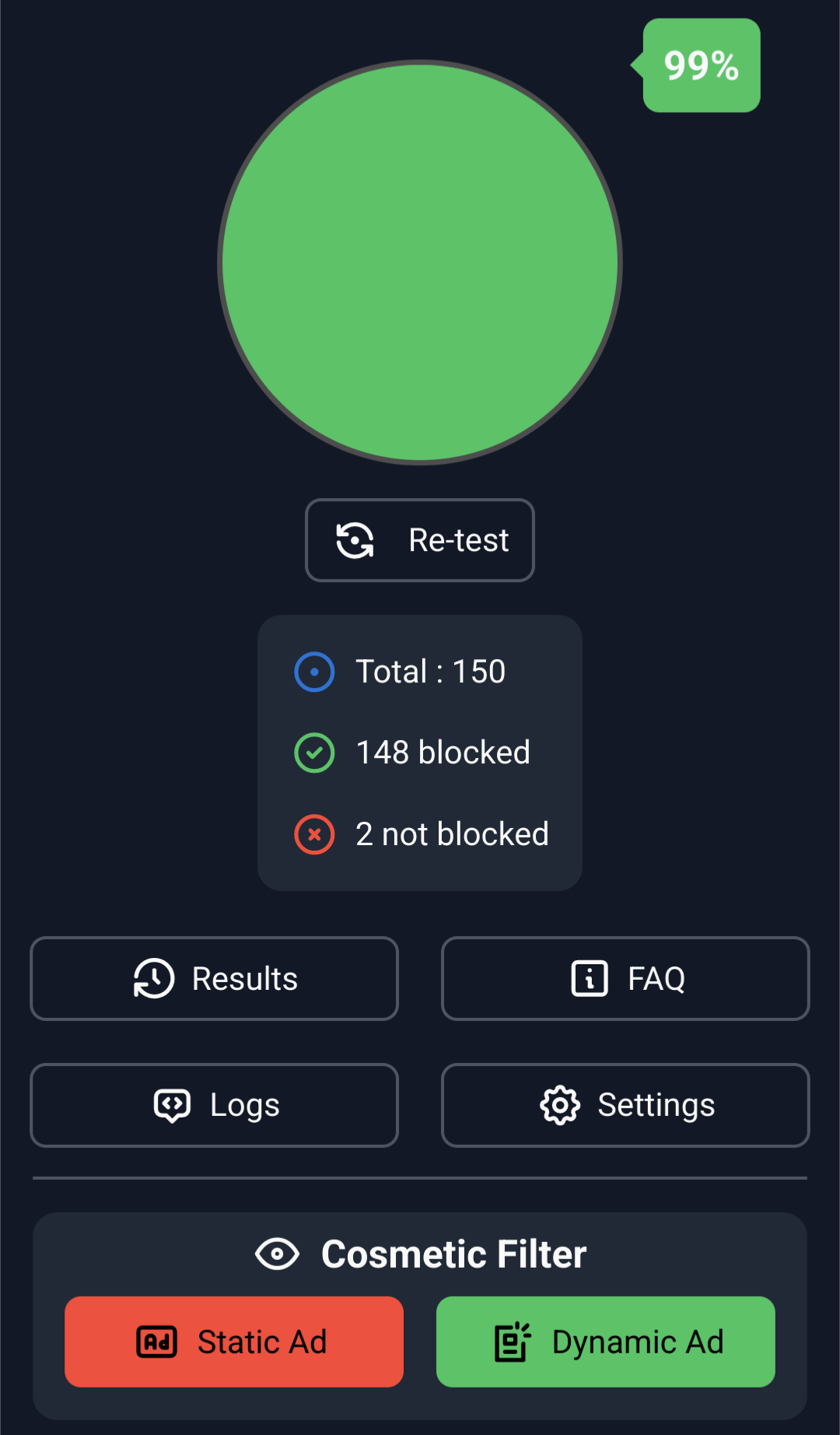

Another user reported it here https://lemm.ee/post/12356828


Another user reported it here https://lemm.ee/post/12356828


Please don’t do this. It’s immoral to ride off the free work of others, then turn around and rug pull them. Either stick with open source and take the good and the bad, or go proprietary. Don’t do this fake open source that harms the community. If you have a permissive license there’s nothing stopping you from selling other’s work and a CLA is not needed. If you have a copyleft license then a CLA defeats the entire purpose of that.


There are no open source licenses that do not allow for commercial applications. It goes against the very core of what it means to be open source.
However, what you’re probably looking for is a license that prevents people from taking your code and making a commercial application without giving back. What this means is that any copy of your source code must also be open source. This is what a copyleft license does and you could look at something like the GPLv3 or the less restrictive MPLv2.


Overzealous character escaping most likely. It’s to prevent certain types of exploits when displaying user submitted content as users could post, for example, javascript code that would then run on the page. By “escaping” certain characters it prevents this. For example by changing & to & it will instruct the browser to change it from a literal ampersand to a display ampersand. The problem then comes when some container elements don’t use these display ampersands and just display the literal code. I’m sorry I couldn’t explain it better.
You can see exactly what I mean if you reply to this comment and type & then type it again but inside of a code block (inside of two backticks `)


With uBlock Origin you can achieve 99%+ pretty easily.

Linux people are passionate about Linux and will tell you all the reasons to switch. I’m here to tell you to stick to what you already know. There’s no point changing your entire operating system if you don’t have the time to invest in a totally new way of using your computer.
It does make me curious why you even decided to install Linux though. Something must have made you take that step.
I understand and that’s definitely a valid criticism of Linux. It’s not a drop in replacement for Windows and it’s definitely not as user friendly or targeted towards a general audience. Due to the flexibility of customisation, and the sheer amount of different distributions it is hard to provide individual support without knowing all the details of your system. It’s not like Windows where in general you’re probably running one of two versions.
And while being a criticism to some, it is also a strength to others.
If you ever get stuck on something feel free to shoot me a message and if I can I will try and provide advice.
Well that is the question I intentionally asked in my 1st comment so yeah that’s a good start :P
Considering that it definitely is a Bluetooth device that means it has to be relatively close to your computer. Unless you live in an apartment building and are in range of Bluetooth devices not in your household you should be considering the electronic devices around you.
Do you have any “smart” devices like a baby monitor, a home camera system, vacuum, air purifier or any such thing that has Bluetooth?
Because you are saying that there’s no new devices that you can think of, and it does seem suspicious, my thought goes towards a device that is connected to the internet and has potentially been hacked and is now misbehaving. It may not be the case but best to err on the side of caution and you did the right thing by not accepting the connection.


Anyone is welcome to install an AV on their device if they so choose. I was more alluding to the fact that there are many things you should be doing to prevent malicious programs from running on your computer in the first place. By the time it makes it onto your system you’re really just hoping that an AV would happen to catch it.
Of course you need a foundational knowledge of Windows before you are able to accomplish certain tasks. You are not born with the knowledge of how to operate a computer. Even people who have not used computers before struggle with basic tasks. If I ask someone who is new to Windows to install Photoshop will they be able to accomplish it with no prior knowledge? You have to know you open the web browser, navigation to the proper website, download the installer, run the installer, find the menu shortcut, etc.
As for how to install programs on Linux it does depend on the distribution and the application you wish to install but let’s take Ubuntu for example. If I want to install VLC I would type sudo apt install vlc. If I want to install Firefox I would type sudo apt install firefox. Instructions should be available online with a quick search.


Again, seriously question why you need this but you could look into ClamAV. If you’re coming from Windows you’re going to be in for a shock if you blindly try and adapt every concept from Windows straight to Linux.


As long as you aren’t backing up your tokens to the cloud they’re all going to be functionally equivalent in terms of your data privacy outside of intentionally malicious apps. I mean that in the sense that no authenticator app should be sending your tokens anywhere on the internet. Use common sense when it comes to installing Google or Microsoft’s authenticator apps.


You should really question why you need this to begin with…but you can look at https://f-droid.org/packages/us.spotco.malwarescanner/
You could try this https://www.f-droid.org/en/packages/com.simplemobiletools.clock/
It doesn’t necessarily mean you aren’t intelligent but perhaps you’re trying to do things you would do in Windows without having a foundational knowledge of Linux. Linux is not a drop-in replacement for Windows, it’s a totally different operating system with different ways of doing things.
In this example situation you are talking about it’s the equivalent of if I asked you to edit an image in Photoshop but you didn’t have it installed. That’s what “command not found” is trying to tell you. It’s not found because it’s not installed on the system.
I think they’re trying to say that a lot of the time reading the documentation treats you as if you’re an expert in that particular topic, but if you can find a good guide it will usually give you all the information and commands you need to accomplish what you wanted to do. They go on to say they prefer guides that respect the user’s intelligence while not making things overly complex.
How did you see it in the first place? I’m trying to help you get to the bottom of it but without answering the appropriate questions or providing a way for us to analyse it it’s going to be extremely difficult unless someone comes along who knows more. Anyway best of luck ans hopefully you find out.


Good luck!


I’m not 100% sure but that probably means your ad blocker doesn’t block “acceptable ads”. It can be a setting buried somewhere, if at all. Again, I’m not familiar with exactly your adblocker and the partner.ads.js but that’s just what I would guess.
If you’re on iPhone I’ve previously had success with AdGuard and they also have a good reputation around here.
EDIT: I was completely wrong. It looks to be a YouTube thing for loading ads. If it’s blocked it could potentially break YouTube. It could only be possible to block it using something like uBlock which I assume you cannot run. You may be able to block it if you can add rules in 1Block specifically for it.
You can find torrents here if you’re willing to seed 181TB for the full dataset, or 43TB for just zlibrary https://annas-archive.org/torrents